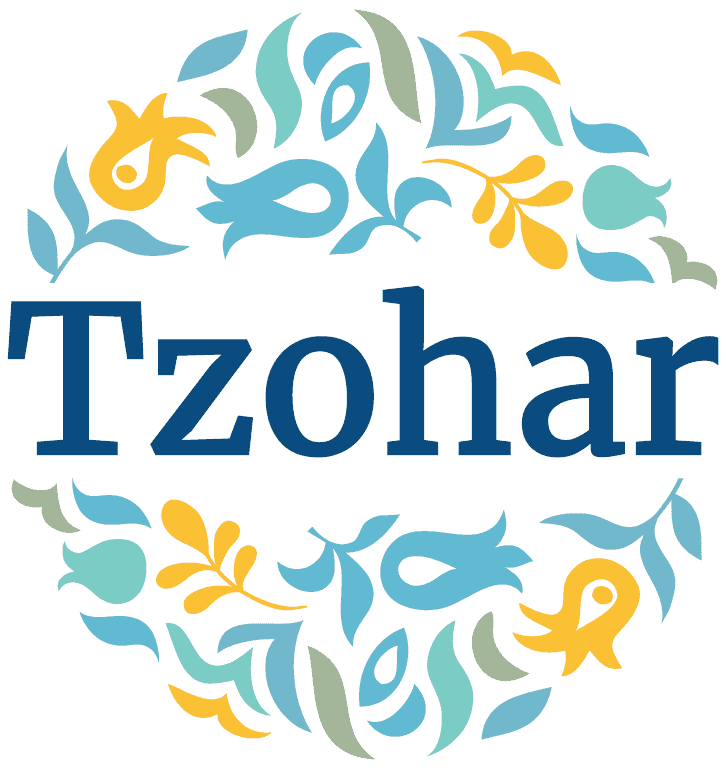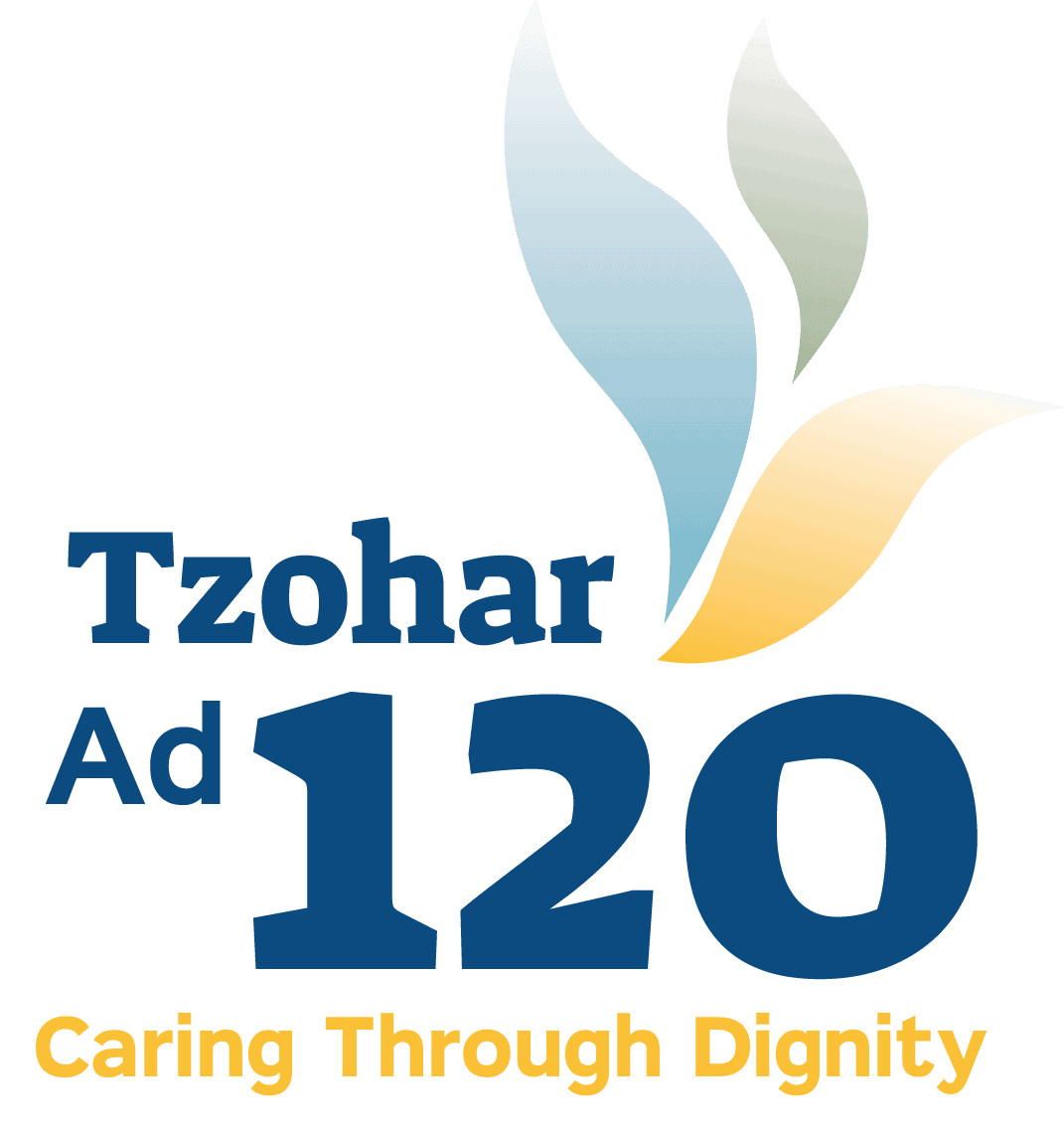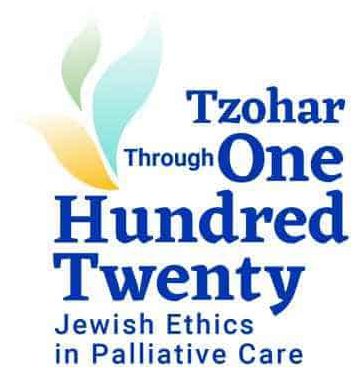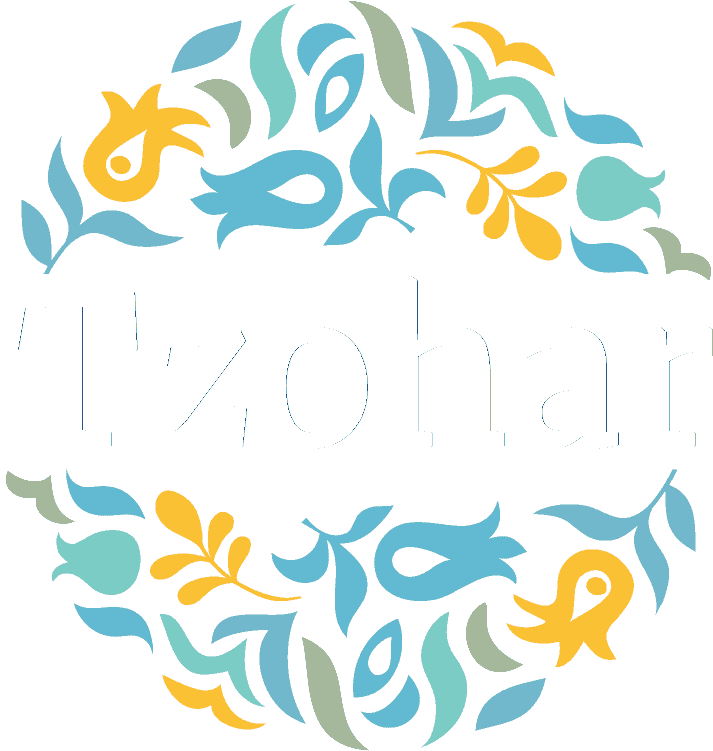1. Background
In a state of emergency, such as a pandemic, the health system may unfortunately reach a state where they are unable to provide adequate treatment to all patients and/or the need arises to allocate medical supplies preferentially – even in situations of life and death. This position paper delineates the halachic principles that should be applied in these situations and elucidates relevant ethical and moral tenants in the process. Naturally, this document will deal with the fundamental principles, and one must fit these criteria to the situation at hand in order to implement them (beds in the ICU, respirators, etc.). It should be clarified that these issues have been discussed in the past by halachic authorities and we have based our opinions on their statements1, but there is a deficiency in sources dealing with public health administration (due to the fact that the COVID pandemic is a unique level of emergency between a mass terror attack and routine treatment). This lack of clarity is accentuated in a quote by one of the Gedolei Hador of the last generation, Rabbi Shlomo Zalman Auerbach: “I can assuredly tell you that I do not wholeheartedly back what I have written, for these issues are very serious and I do not have clear evidence”2.
2. Sources
There are a number of primary sources for this discussion. We will discuss each of them individually.
2.1 ‘We Do Not Sacrifice One Life for Another’
The idea of ‘we do not sacrifice one life for another’ is discussed in the context of an infant that is endangering its mother during delivery. Halacha establishes that once the infant is considered a live birth – one should not harm it because ‘we do not sacrifice one life for another’3. This halacha is based on two main thought processes: 1) it is impossible to determine which of the two (the mother or child) is threatening the life of the other4; and 2) this expression is considered a universally understood natural principle5. Regardless, this discourse teaches us that when dealing with medical care for a patient, one should not consider the wellbeing of another patient. As we will see later on, this discussion has great implications on the difference between prioritizing treatment and ceasing treatment of one patient with greater life risk in order to save another patient, when according to the initial screening, the second patient is entitled to preferential care.
2.2 ‘Your Own Life Comes Before Your Friend’s Life’
The idea of ‘your own life comes before your friend’s life’ is discussed in a case of two people walking in the desert. One of the people has a canteen with enough water for only one person to drink. According to Rabbi Akiva, of whom the halacha follows, the owner of the canteen should drink the water even if his friend would die as a result, since ‘your own life comes before your friend’s life’ (Bava Metzia 62a). It can be understood that this discussion is connected to ours, however it is important to emphasize that the debate around modern medical treatment is fundamentally different because the medical device (‘the jug of water’) is in the hands of a third party. Ultimately from this account we can learn that one may fundamentally prioritize saving the life of one person (‘permanent life’) over temporarily prolonging the life of two (‘temporary life’)6. Additionally, there are those who believe that one can establish a patient already in treatment as possessing the ‘medical device’, and therefore their treatment would be prioritized over another person7.
2.3 The Idea of Preferential Treatment for Non-Medical Reasons
The Mishnah (Horayot 3:7-8) determines that the order of patient prioritization is based on social status. This topic is discussed amongst halachic authorities8; almost all the poskim of our generation rule that nowadays this has no implications on hospital administration9. We follow their opinions.
3. Fundamental Principles
3.1 The Starting Point
Decisions regarding critical care (for example) should be made only from medical considerations, and not religion, race, nationality, or otherwise. Additionally, age (young/old) should have no bearing on these decisions10.
3.2 Eliminating the Need to Make Tough Decisions
One’s principal effort should be devoted to eliminating the need to come to a decision like this, through constant searching for another viable treatment plan, referral to other locations, supportive care until entry into the ICU, etc. This obligation is self-evident and is brought from the Talmud (Sanhedrin 73a): “From where do we know that one who sees their friend drowning in a river, being dragged by a beast, or assaulted by robbers, is obligated to save him? The Torah says ‘do not stand idly by your friend’s blood’ (Vayikra 19:16)”. This halachic ruling has also been codified in Israel’s laws (Do Not Stand Idly By Your Friend’s Blood Law, 5758 – 1998).
3.3 The Main Deliberation
Preference in treatment should be given based on the gravity of the condition and the chance of recovery. As long as it is possible to discuss remission and recovery, and not prolonging of life by itself, the patient should be prioritized. The more severe the patient’s condition – the more they should be prioritized11. These two parameters can contradict each other, since in general the more severe the condition, the poorer the prognosis. When they do contradict, the prognosis takes precedence.
3.4 When One Cannot Determine an Outcome
When one cannot determine an order of preference and severity, arrival time is the deciding factor12. This applies in all cases except: 1) when treating medical staff who are needed for treating others; 2) when treating patients taking part in clinical studies of COVID-19 (not any clinical trial, but the pathogen itself implicated in the pandemic).
3.5 Conservation of Medical Supplies
When there are no patients that require the machines more, it is permitted to use medical machines and supplies on patients that are in ‘temporary life’ stages. If there is a need for these devices with a patient who could be saved – it is permitted to transfer them to a different patient13.
3.6 Should One Who is Responsible for their Condition (not following laws or staying healthy) Be Pushed to the Back of the Line?
The issue of delaying treatment of those who are to blame for their own condition is a topic requiring detailed discussion, however in a state of emergency such as this, since one cannot waste time determining the level of responsibility the patient bears, etc. – there is no option but to ignore this factor. Discussions around this topic are fitting for more relaxed conditions14.
3.7 Decision Makers
Decisions in these situations are a semi-judicial process and halacha is very strict surrounding the issue of bias. Therefore, it is proper to establish an independent ethics committee in each hospital, comprised of senior physicians and ethicists – and remove the burden of making these decisions from the attending physicians15. Since these rulings have a direct impact on additional patients (and therefore the opinion of the patient and their family is only part of the story) and they are being made in a state of emergency, the decisions should be made wholly by the ethics committee or medical team, however they should try to involve the family as much as possible. In order to deal with the issue of the families of the patients, it is advisable to greatly encourage the signing of advance directives, especially considering the fact that nowadays one may do this online.
3.8 Removal from the ICU and Causing Death or Respiratory Arrest
The starting point of discussion is that as long as we are dealing with individual medicine, according to halacha, causing respiratory arrest or a similar situation is totally prohibited, and this is the accepted ethical standard in the State of Israel, reflected in law. However, when dealing with factors of public health and risk assessment, this issue has not been elucidated properly. The basis for this discussion is recognizing the halachic definition of a terminally ill patient, actively dying, etc. as falling under the umbrella term of ‘temporary life’16. At the very least it is proper in times like these to maintain the unilateral prohibition of disconnecting someone from a respirator. It is important to emphasize: the unilateral prohibition of disconnecting someone from a respirator is dealing with a case of a singular patient; however, when discussing preferential treatment, many poskim have written that in cases where the patient will only receive ‘temporary life’ from the machine and another patient could be saved using it, one should actively try to facilitate this17. The best method is to connect the patient first to a respirator with a timer (if this is technologically possible) or to withhold required medication in order to lower the efficacy of the respiration itself. However, it seems that it is not proper to turn this lenient position into the generally accepted position, as long as there is no real need to do this18.
4. Fundamental Principles
4.1 The basic principle of this discussion is the tremendous value of saving lives. No person is deemed preferential when considering this factor, and as the Mishnah states, “we do not sacrifice one life for another”.
4.2 Despite this, when dealing with public health there are cases where granting ‘permanent life’ is preferential to lengthening ‘temporary life’. The value of ‘your own life comes before your friend’s life’ applies as well.
4.3 When the question of preference arises before beginning treatment, the decision should be made based on medical factors alone, considering the prognosis of the patients. Age should not exist as an independent factor.
4.4 When dealing with patients who are in the same condition, treating essential healthcare workers comes first, so that they may treat other patients.
4.5 Even when the question of preference deals with withdrawing treatment, there are cases where it would be permitted – and even obligatory – to cease treatment of one patient for the good of another. However, one should not do this via disconnecting them from the machine, rather it is best to wean them off supportive treatment. Our advice is not to make conclusive decisions in this field.
4.6 It is fitting for decisions regarding prioritization to be made by one who is not treating the patient. It is proper for some of those making these decisions to be ethicists.
הערת שוליים
- See The Medical Halachic Encyclopedia, Jerusalem 5766, entry ‘Prioritization in Medical Treatment’, pages 596-658. Regarding treatment of victims of a large-scale attack, see Sodi Namir, ‘Order of Treatment of Victims of a Mass Attack’, Tchumin, 17 (5757), page 349-354.
- Minchat Shlomo Responsa, Tinyana (2-3), article 86:1 (= Assia, 59-60 [5757], page 48).
- See: Mishnah Ohalot 7:6; Sanhedrin 72b. The Rishonim also use the expression ‘we do not sacrifice a life to save another’ in the context of gentiles demanding the transfer of a Jew for execution, threatening to kill everyone if he is not handed over, as well as in a similar case involving sexual acts. See: Tosefta Terumot 7:20; Mishnah Terumot 8:12; Rashi, Sanhedrin 72b; Commentary of the Rosh on the Mishnah there.
- Talmud Yerushalmi, Shabbat, chapter 14, halacha 4; and see the Yerushalmi commentators on site.
- Mishneh Torah, Hilchot Rotzeach Ve’Shmirat HaNefesh, chapter 1, halacha 9.
- Chazon Ish, Choshen Mishpat, Bava Metzia, Likkutim, article 20 (62a); Igrot Moshe Responsa, Choshen Mishpat, volume 2, article 73. See as well the essay of Rabbi Shlomo Dichovski, ‘Prioritization and Preferential Treatment When Saving Lives According to Halacha’, Dinei Yisrael, 7 (5736), pages 45-66 (especially pages 60-61),
- Minchat Shlomo Responsa (earlier endnote 2); Igrot Moshe Responsa (earlier endnote 6).
- Mishneh Torah, Hilchot Matanot Aniyim, chapter 8, halachot 17-18; Shulchan Aruch, Yoreh Deah, article 251:8-9.
- Minchat Shlomo Responsa (earlier endnote 2; “I believe that in our times it is very difficult to abide by this”); Igrot Moshe Responsa, Choshen Mishpat, volume 2, article 74:1; Nishmat Avraham, volume 4, Yoreh Deah, article 251:1; and see The Medical Halachic Encyclopedia (earlier endnote 1), entry ‘Prioritization in Medical Treatment’, footnote 107.
- Igrot Moshe Responsa (earlier endnote 6), subarticle 2; Minchat Shlomo Responsa (earlier endnote 2); Shevet Halevi Responsa, volume 10, article 167; Tzitz Eliezer Responsa, volume 17, article 72:15 and onwards. Regarding prioritization by age: according to Rabbi Yaakov Emden (Migdal Oz, Chapter Even Bochen, Pinah 1), one should prioritize the younger patient. See the essay of Rabbi Dichovski as well, ‘Prioritization and Preferential Treatment When Saving Lives According to Halacha’ (earlier endnote 6), pages 61-63. To contrast, Rav Auerbach writes that “consideration of age does not factor into the calculations at all” (Minchat Shlomo Responsa, earlier endnote 2), and this is also the opinion of Rav Moshe Feinstein (Igrot Moshe Responsa, Choshen Mishpat, volume 2, article 75:7). See also The Medical Halachic Encyclopedia (earlier endnote 1), entry ‘Prioritization of Medical Treatment’, footnotes 88,90.
- Minchat Shlomo Responsa (earlier endnote 2): “and therefore we must mainly consider the greatest severity and the chances of recovery”. See also The Medical Halachic Encyclopedia (earlier endnote 1), entry ‘Prioritization of Medical Treatment’, footnote 92. Both of these parameters are the foundation for ethics brought there: “the majority of ethicists believe that the relevant factors for determining prioritization are the medical data, probability of treatment success in terms of patient survivability and functioning, and the baseline medical condition of the patient. The choice between patients of identical medical criteria should be made by time, as in one who arrives first should be treated first”.
- Different reasons have been stated as to why arrival time is the determining factor, as well as the notion that one should not stop treating one patient in order to treat someone who was before them according to their priority. According to Rav Wosner (Shevet Halevi Responsa, volume 10, article 167), this rule emerges from “we do not pass over mitzvot”; According to the Nishmat Avraham (earlier endnote 9), the reason is that each person claimed their right to treatment by their admittance into the queue. The Nishmat Avraham discusses there the halachic status of the queue; according to Rav Auerbach (Minchat Shlomo Responsa, earlier endnote 2) the patient has earned the right to the device when treatment began and he has no obligation to transfer it to another person, while the doctor is exempt due to “one dealing with a mitzvah is exempt for another mitzvah”; Even Rav Feinstein (Igrot Moshe Responsa, earlier endnote 6, subarticle 2) writes that the reason is because the patient has obtained the right to the device and has no obligation to save his fellow patient. See also The Medical Halachic Encyclopedia (earlier endnote 1), entry ‘Prioritization of Medical Treatment’, footnote 118.
- Rabbi Eliezer Yehuda Waldenberg does rule that this is prohibited, but his ruling is based on the position that prohibits the disconnecting of any patient, even one with “temporary life”, from a machine in order to restore “permanent life” of another patient (see Tzitz Eliezer Responsa, volume 17, article 10 and 72). However, other poskim advise that there are other ways (see further on) and therefore there is no reason to hesitate allocating medical resources even when dealing with lower chances for survival.
- See position paper ‘The Responsibility of the Patient’ that offers a different message than that which is proposed by other ethical positions enforced today. See also the response to this issue on the website ‘Tzohar Ethics’ from the 4th of Nissan 5780.
- Not only witnesses and judges with conflicts of interest are invalid for testimony and judgement, but halachic authorities and public decisionmakers must also be free of any bias. The Rema rules: “and a talmid chacham that says a halachic ruling in a matter associated with him, if he said this before the account we listen to him; if not, we do not listen to him” (Shulchan Aruch, Yoreh Deah, article 242:36). See also Austin Frakt, ‘Who Should Be Saved First? Experts Offer Ethical Guidance’, The New York Times, 24.3.2020.
- The principle of prioritization of “permanent” over “temporary life” is derived from a discussion in Mesechet Avodah Zara (27b). The Talmud defends the concept that “we do not worry about temporary life” from the account of the four lepers (Melachim II 7:4); see Tosafot, ibid., “לחיי שעה”. The Chazon Ish (earlier endnote 6) proves from the discussion in Bava Metzia (62a) that even when discussing two people, ‘permanent life’ of one is prioritized over the ‘temporary life’ of the other. An expansive discussion regarding the issue of withdrawing the connection to life support of a patient with no chance of recovery in order to save another patient is found in the essay of Rabbi Zalman Nechemiah Goldberg, ‘Withdrawing Artificial Respiration in a Dying Patient in order to Save Another Patient With Greater Chances’, Assia, volume 1, Jerusalem 5756, page 64-83, and the extensive footnotes of Rabbi Levi Yitzchak Halperin there. The discussion between them continues into volume 2 of Assia (New York, 5749) pages 183-206. According to Rav Goldberg, under certain conditions, it is permitted to remove something withholding natural death. According to him, the heter is dependent on different complex factors: the prognosis of the patient (how long can they live?); his medical condition (would his death be better than his life?); whether there is a time in the natural cycle of the device’s activity where it does not operate; and if disconnecting the device would result in instantaneous death. Rav Halperin believes that there is always doubt, and ‘sit and do nothing – is preferrable’.
- For background on this topic see the discussion between Rav Goldberg and Rav Halperin mentioned in the previous endnote. Rav Waldenberg prohibits this (see endnote 13), however many obligate to perform this. Rabbi Herschel Schachter writes this as well in a letter written during this time (6 Nissan 5780, 31.3.2020). See also The Medical Halachic Encyclopedia (earlier endnote 1), entry ‘Prioritization of Medical Treatment’, footnotes 177-180.
- This position is a halachic-ethical position; however it seems that there must be legislative changes in order to actualize it and one should seek legal counsel in this field.
